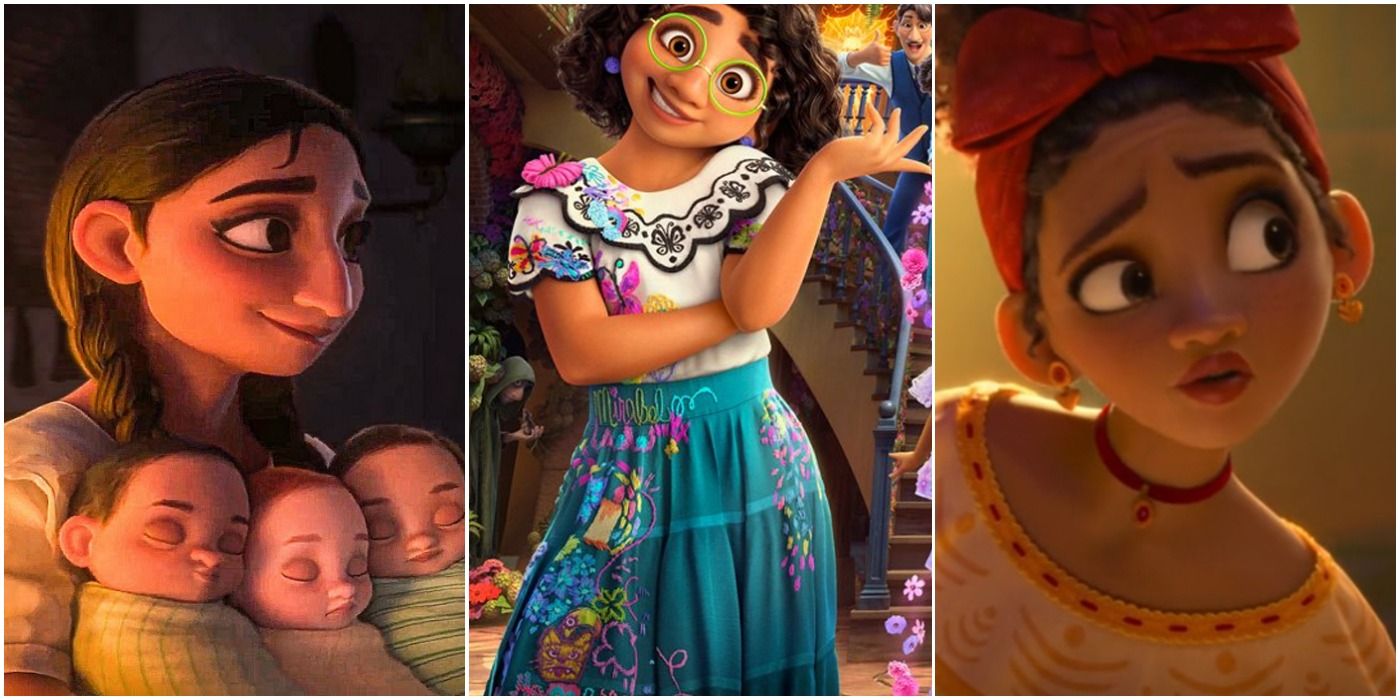Introduction
Cartoons have always been a popular form of entertainment for people of all ages. They transport us to imaginative worlds, make us laugh, and teach us valuable lessons. However, the representation of certain characters in cartoons has often been a topic of debate. In this article, we will explore the concept of “ugly black cartoon characters” and delve into the importance of breaking stereotypes and embracing diversity in the world of animation.
Ugly Black Cartoon Characters: Shattering Preconceptions
The Notion of Ugliness
Beauty is subjective, and defining ugliness based on appearance alone can be a shallow and unfair judgment. When it comes to cartoon characters, their physical features are intentionally exaggerated to evoke specific emotions or to serve as visual cues. However, associating the term “ugly” with black cartoon characters can perpetuate negative stereotypes and reinforce discriminatory beliefs.
Challenging Stereotypes through Representation
One of the key ways to break stereotypes is through inclusive representation. By introducing a diverse range of black cartoon characters with different appearances, personalities, and storylines, animators can challenge preconceptions and create a more accurate reflection of real-world diversity. This approach helps foster understanding, empathy, and acceptance among viewers of all backgrounds.
The Power of Inclusive Cartoons
Celebrating Unique Traits
Rather than focusing on the negative connotations of “ugly,” it is important to celebrate the uniqueness and individuality of black cartoon characters. By highlighting their distinct features and traits, animated shows can help viewers appreciate the beauty in diversity and recognize that there is no singular standard of attractiveness.
Inspiring Self-Confidence
Representation matters, especially for young audiences who are shaping their identities and self-perceptions. When children see black cartoon characters who are confident, capable, and comfortable in their own skin, it empowers them to embrace their own identities and cultivates a sense of pride in their heritage.
Promoting Cultural Understanding
Cartoons have the ability to transcend borders and reach a global audience. By featuring black cartoon characters from different cultural backgrounds, animated shows can promote cultural understanding and appreciation. This exposure helps break down barriers and fosters a more inclusive society.
Frequently Asked Questions
Q: Why are there fewer black cartoon characters compared to other races?
A: The underrepresentation of black cartoon characters can be attributed to a variety of factors, including historical biases, limited opportunities for creators of color, and the perpetuation of stereotypes. However, there has been progress in recent years, with more diverse voices being heard and a growing recognition of the need for inclusive representation.
Q: Are there any examples of successful black cartoon characters?
A: Yes, there are several successful black cartoon characters that have made a significant impact. Characters like Carl Carlson from “The Simpsons,” Tiana from Disney’s “The Princess and the Frog,” and Garnet from “Steven Universe” have resonated with audiences and have played a crucial role in challenging stereotypes and promoting diversity.
Q: How can I support the creation of more diverse cartoon characters?
A: You can support the creation of more diverse cartoon characters by advocating for inclusive representation, voicing your support for diverse storytelling, and consuming media that embraces diversity. Additionally, supporting creators from underrepresented backgrounds and engaging in conversations about the importance of diversity in the animation industry can make a positive impact.

Q: Are there any initiatives addressing the lack of diversity in cartoons?
A: Yes, there are initiatives and organizations that aim to address the lack of diversity in cartoons. For instance, the “Black Characters Matter” campaign highlights the importance of representation and pushes for increased diversity in animated content cartoon characters. Furthermore, animation studios are actively working to create more inclusive environments and provide opportunities for underrepresented creators.
Q: How can cartoons influence societal perceptions?
A: Cartoons have a significant impact on shaping societal perceptions. They reach wide audiences and have the ability to challenge stereotypes, inspire empathy, and promote positive values cartoon characters. By portraying diverse characters and narratives, cartoons can help shape a more inclusive society that celebrates diversity and rejects harmful stereotypes.
Q: Can cartoons play a role in educating children about diversity?
A: Absolutely! Cartoons have long been recognized as a powerful educational tool for children cartoon characters. By incorporating diverse characters and storylines, animated shows can teach children about different cultures, promote tolerance and acceptance, and help them develop a broader understanding of the world around them.
Conclusion
The concept of “ugly black cartoon characters” highlights the need for a more nuanced and inclusive approach to representation in animation. By challenging stereotypes, celebrating diversity, and promoting positive values, cartoons can shape a more inclusive and accepting society. It is important for creators, viewers, and industry stakeholders to embrace the power of diversity in cartoons and work together to break down barriers and create a more inclusive animated landscape.



